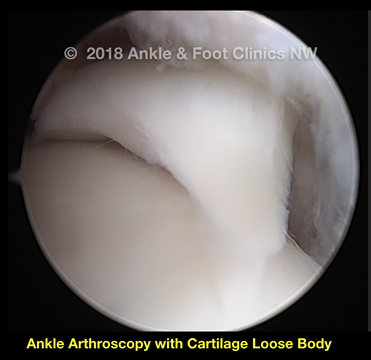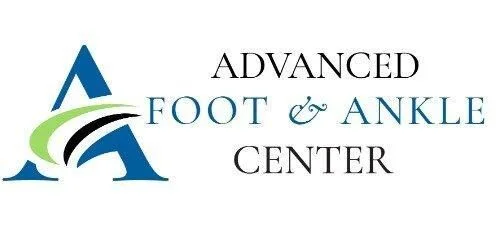Table of Contents
Ankle Arthroscopy - Introduction
Arthroscopy of the ankle is a less invasive surgical technique performed through small incisions that give full access to a joint. This involves placing a telescopic camera (about the diameter of a drinking straw) and small tools into the joint while watching the surgery on a monitor. As with most technological devices, a unique skill set is required to use the instruments effectively. The obvious advantages to arthroscopy over traditional techniques are the smaller incisions that permit early range of motion (often in the same day), as well as a reduction in postoperative recovery time with less pain and swelling.
This technique, employed after conservative therapies have failed, can be used for the treatment of joint adhesions, small joint fractures, bone spurring, and soft tissue build-up, which, as a result of repetitive injury, can clog the joint.
Ankle Arthroscopy - What to Expect After Surgery


Who Can Benefit the Most?
Recommendations
What to Do Next?
If you or someone you know is experiencing pain or discomfort in the ankle region, seek out the help of a podiatrist for a proper diagnosis and treatment regime.
Contact us today to schedule an appointment.


